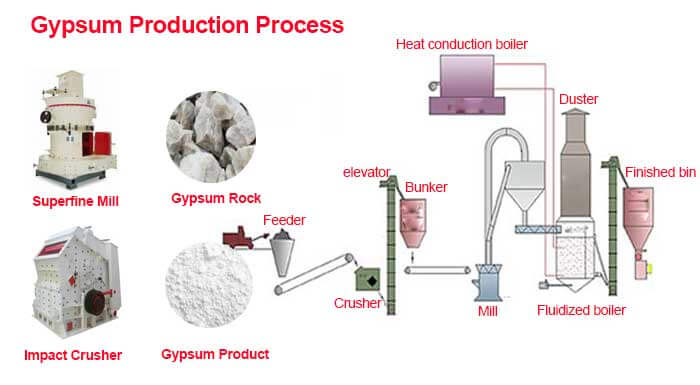Plaster Of Paris Presentation
| Introduction to Plaster of Paris | ||
|---|---|---|
| Plaster of Paris is a versatile material widely used in construction and art. It is made from gypsum, which is a naturally occurring mineral. Plaster of Paris has been used for centuries for its unique properties. | ||
| 1 | ||
| Manufacturing Process | ||
|---|---|---|
| Plaster of Paris is produced by heating gypsum to remove the water content. The gypsum is then ground into a fine powder. When water is added to the powder, it undergoes a chemical reaction and hardens into a solid. | ||
| 2 | ||
| Properties of Plaster of Paris | ||
|---|---|---|
| Plaster of Paris has excellent fire resistance, making it suitable for fireproofing applications. It has good adhesion properties, allowing it to bond well with various surfaces. Plaster of Paris is easy to work with and can be molded into different shapes and forms. | ||
| 3 | ||
| Construction Applications | ||
|---|---|---|
| Plaster of Paris is commonly used for creating decorative moldings and ornamental designs on ceilings and walls. It is also used for making casts and molds in construction projects. Plaster of Paris is often used as a base material for creating sculptures and statues. | ||
| 4 | ||
| Medical Applications | ||
|---|---|---|
| Plaster of Paris is extensively used in orthopedics for making casts to immobilize broken bones and support the healing process. It is also used for making dental molds and prosthetics. Plaster bandages made with Plaster of Paris are used for creating custom-fitted medical braces. | ||
| 5 | ||
| Artistic Applications | ||
|---|---|---|
| Plaster of Paris is a popular material among artists for creating sculptures and relief artworks. It can be easily carved, sanded, and painted to achieve desired artistic effects. Plaster of Paris can be used to make decorative objects such as vases, figurines, and masks. | ||
| 6 | ||
| Safety Precautions | ||
|---|---|---|
| When working with Plaster of Paris, it is important to wear protective gear such as gloves and goggles. Avoid inhaling the fine powder as it can irritate the respiratory system. Proper ventilation is essential to prevent the buildup of dust particles. | ||
| 7 | ||
| Maintenance and Durability | ||
|---|---|---|
| Plaster of Paris is a durable material but can be prone to chipping or cracking over time. Regular inspection and maintenance can help identify and repair any damages. Avoid exposing Plaster of Paris to excessive moisture as it can weaken the material. | ||
| 8 | ||
| Environmental Impact | ||
|---|---|---|
| Plaster of Paris is considered environmentally friendly as it is derived from natural gypsum. It can be recycled and reused in various applications. Proper disposal methods should be followed to minimize environmental impact. | ||
| 9 | ||
| Conclusion | ||
|---|---|---|
| Plaster of Paris is a versatile material with a wide range of applications in construction and art. Its unique properties, such as fire resistance and moldability, make it a preferred choice for many projects. With proper handling and maintenance, Plaster of Paris can provide long-lasting and aesthetically pleasing results. | ||
| 10 | ||









